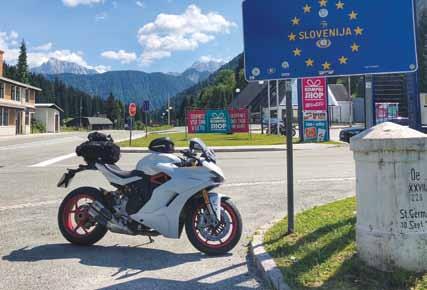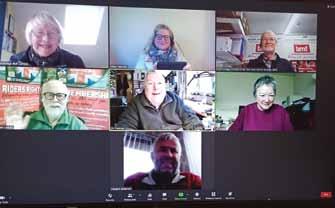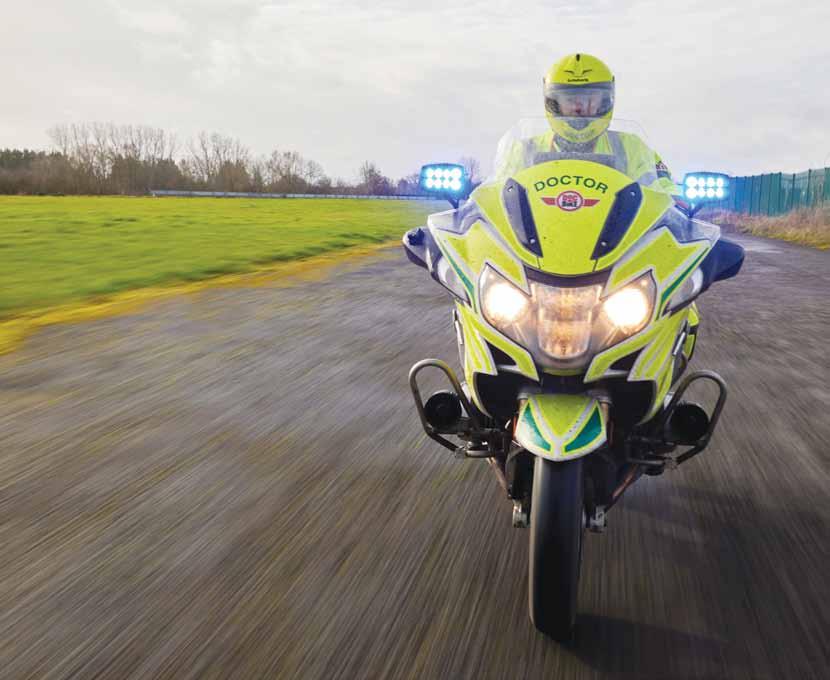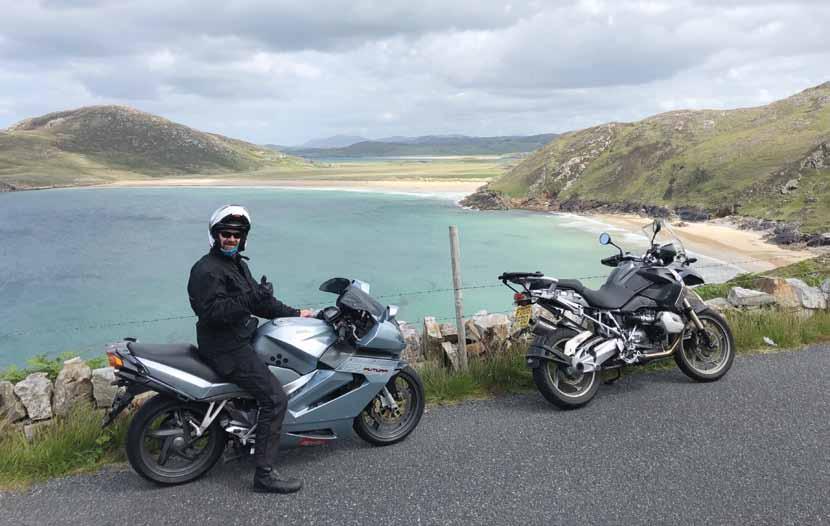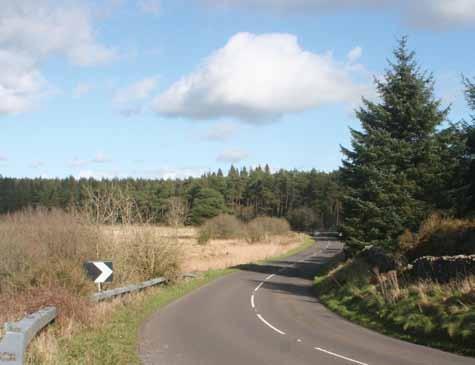
3 minute read
Captain Tom, Motorcyclist
CaPtain SiR toM MooRe, who died on 5th February and who raised over £30 million for the nHS, was also one of us
Among all the richly deserved plaudits for Captain Sir Tom Moore (a knighthood, the honorary rank of Colonel and wall to wall media coverage) there’s one thing about the man that most of the mainstream media didn’t mention – he was a keen motorcyclist.
Advertisement
He bought his first bike aged 12, a 1920 Royal Enfield two-stroke, which cost 2/6 as a non-runner – he took it home, got it going and turned it into a rideable machine.
“My father and uncle had both been keen on motorcycles when they were young men before I was born,” he told Vintage & Classic Motorcycle. “They took part in competitions and so I developed an interest. My uncle would pass me copies of The Motorcycle and Motorcycling.” Early riding was mostly in the fields, but when Tom was 18 and studying civil engineering at Bradford Technical College his father and uncle bought him a 1936 BSA for the commute. “I would ride it day after day, spending lots of time riding around the Yorkshire Dales and the wild countryside.”
Captain Tom’s motorcycle experience came in useful when he was conscripted into the Army aged 20, just as World War II was getting underway. He later remembered writing to his mother that 20-year-olds like him found the transition to military life OK but that the “older men” didn’t – by ‘older’ he meant the 30-yearolds. “When you are 20 or 30 you don’t look ahead,” he later told The Telegraph Magazine, “it’s just the future.”
He was selected for officer training in 1940 and his regiment became part of the Royal Armoured Corps before being shipped out to India, taking part in the Battle of Ramree Island with M3 Lee tanks. Tom served in Burma and Sumatra, also organising despatch rider training. After the war, he stuck with the training role at Bovington Camp, teaching tank drivers.
At heart, Tom was still a motorcyclist, and would go on to compete in time trials and vintage racing, often on a 1935 Scott. It remains a mystery what that impressive haul of trophies in the picture were for, but Tom did relate that the Scott belonged to Oliver Lampton – being known locally as a handy rider who got good results, Tom was often lent bikes, and put his success in time trials down to his army training. “You were given a set route and a time in which to do it, and you had to keep to it. If you did it properly, you arrived everywhere at just the right time. Speed wasn’t the thing, it was timekeeping that was important.” (Quoted in The Telegraph Magazine).
But he had several machines of his own – as well as that two-stroke Enfield, he had a 1912 two-speeder BSA, a Scott and a 1936 Excelsior Manxman 250 TT. He also reverted to another two-stroke Royal Enfield after the war, a 1947 125. And his favourite bike of all time? “The overhead camshaft Norton which Stanley Woods rode in the Isle of Man TT.”
Tom Moore had to stop riding in 1956 but of course went on to worldwide fame when he walked 100 25-metre laps of his garden to raise money for the NHS during lockdown – not bad with a zimmer frame at the age of100. He initially aimed at raising £1000, and as we all know did quite a bit more... Captain Tom died on 5th February, surrounded by his family. His autobiography, ‘Tomorrow Will Be a Good Day,’ was published in September.
Above: 100 laps of his garden brought worldwide fame Below: Tom Moore got his motorcycling genes from his father and uncle Bottom: Tom and the Scott won a few trophies Above: Young Tom (on the wall) avidly watches a trial in the 1920s
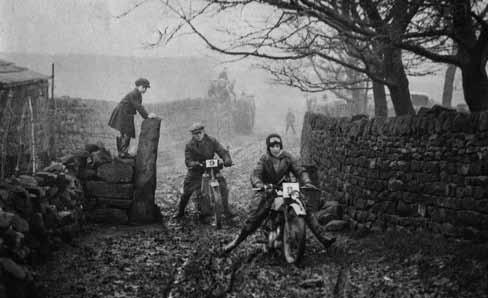
Make a Donation
On top of all the money raised for the NHS, a Captain Tom Foundation has been set up to tackle loneliness, support people facing bereavement and champion education and equality. You can donate at:

